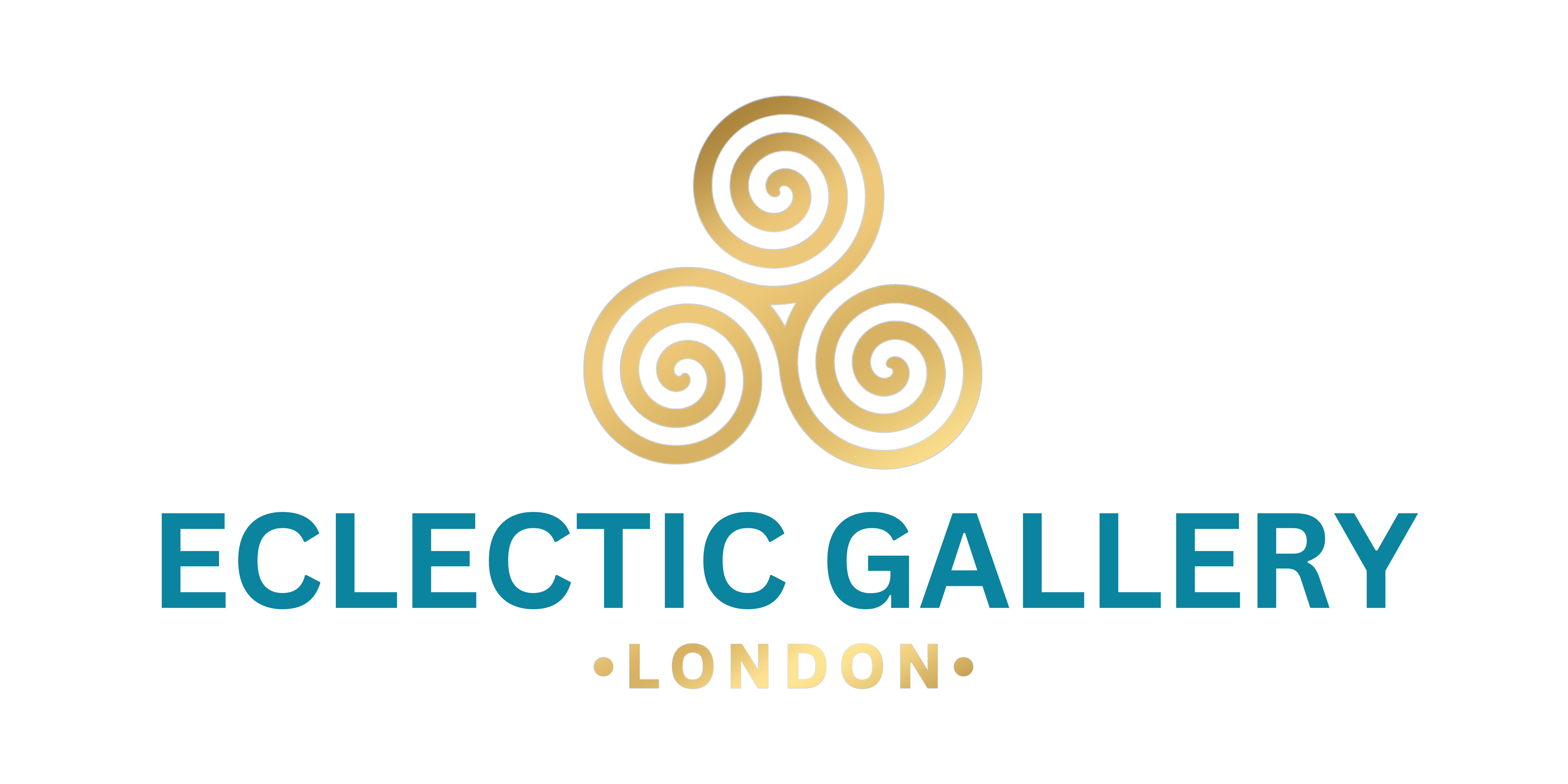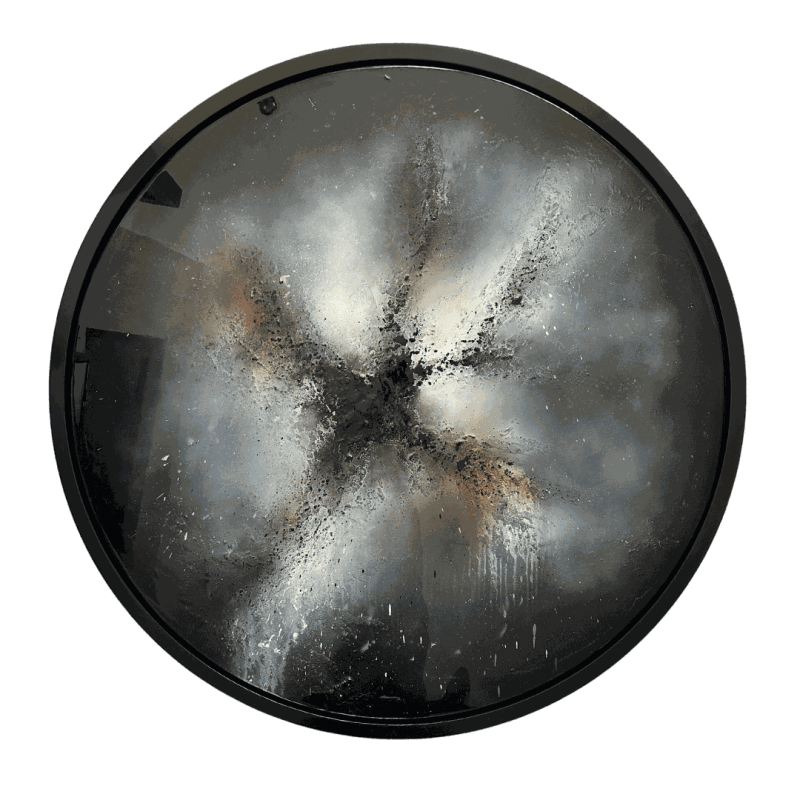Art and science have long been regarded as distinct disciplines, each with its own methods, principles, and goals. However, in recent years, there has been a growing recognition of the interconnectedness between these two seemingly disparate fields. This recognition has led to the emergence of a new area of study known as the fusion of art and science.
At the heart of this fusion lies the concept of creativity, which is central to both art and science. While creativity is often associated with artistic expression, it is also a fundamental aspect of scientific inquiry. Scientists must think creatively to develop new hypotheses, design experiments, and interpret results. Similarly, artists rely on creativity to conceive of new ideas, explore different techniques, and communicate their vision to others.
One term that encapsulates the combination of art and science is "STEAM," which stands for science, technology, engineering, arts, and mathematics. The STEAM approach emphasizes the integration of artistic practices into STEM (science, technology, engineering, and mathematics) fields, recognizing the value of creativity and innovation in all areas of knowledge.
Creative expression through the arts allows individuals to explore complex concepts and ideas in unique and imaginative ways. Artists often draw inspiration from scientific principles, theories, and discoveries to create thought-provoking works that challenge perceptions and spark dialogue. Conversely, scientists can benefit from engaging with art by gaining new perspectives, fostering creativity, and enhancing communication skills.
The concept of art fusion refers to the blending of artistic and scientific techniques, processes, and methodologies to create innovative works that transcend traditional boundaries. Artists may collaborate with scientists or use scientific tools and technologies to inform their artistic practice, while scientists may incorporate artistic elements into their research to enhance understanding and engagement.
The creative process in both art and science shares many similarities, including experimentation, exploration, and problem-solving. Artists and scientists alike must navigate uncertainty, embrace failure, and iterate on their ideas to achieve meaningful results. By embracing these shared principles, individuals can harness the power of creativity to drive discovery, innovation, and social change.
The interconnection of art and science is evident in various domains, from digital art and interactive installations to bioart and environmental design. These interdisciplinary collaborations challenge conventional notions of what constitutes art or science, blurring the lines between disciplines and opening up new possibilities for exploration and expression.
In conclusion, the fusion of art and science represents a rich and fertile ground for exploration and discovery. By embracing creativity, collaboration, and interdisciplinary thinking, individuals can unlock new insights, inspire innovation, and create a more vibrant and interconnected world.

